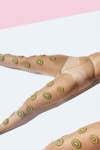Elise Mesner’s eye-catching, candy-colored dreamscapes provide a fresh take on stock photos
Bright tones and lively scenes help these images stand out from the pack.
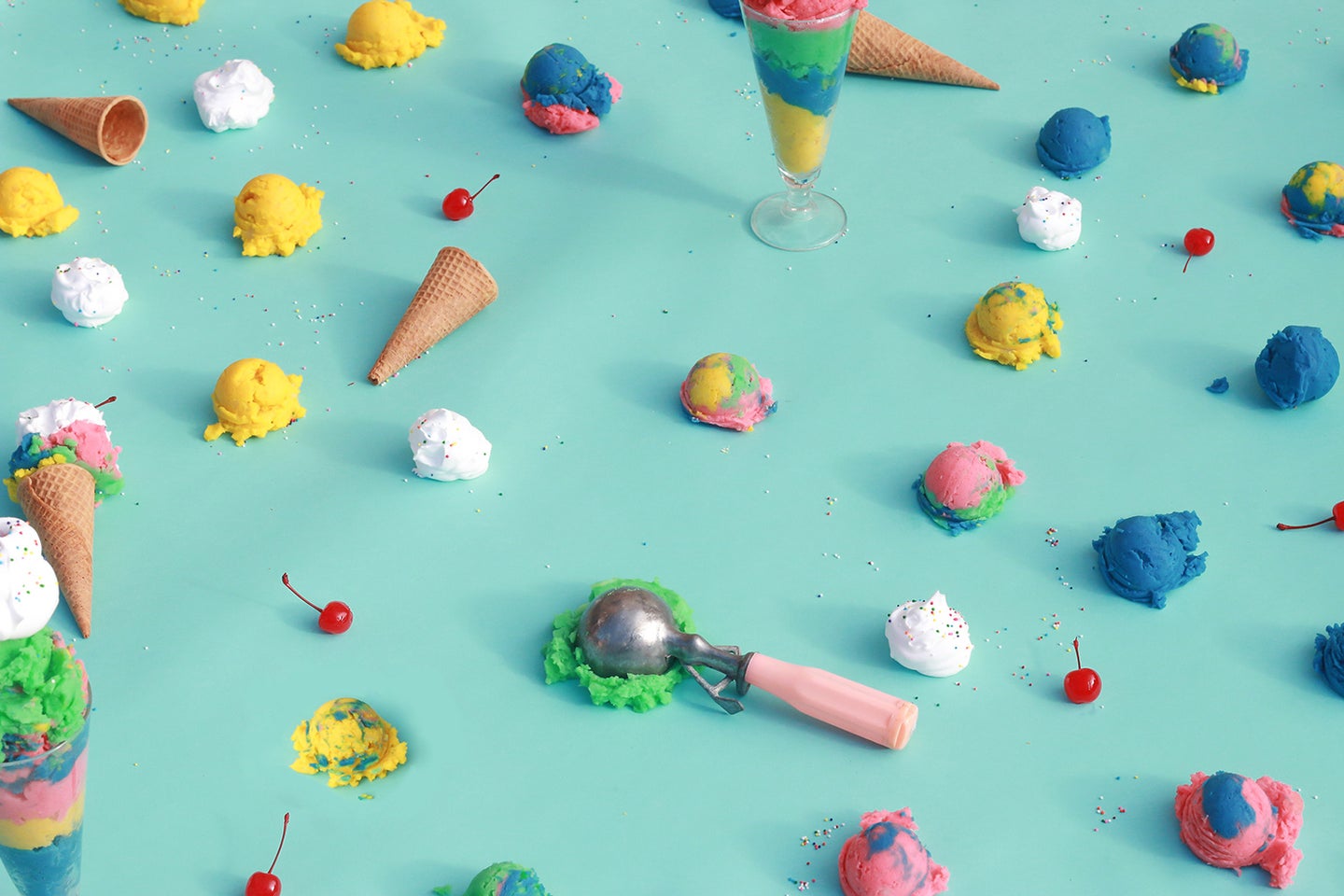
Elise Mesner fills her photographs with candy-colored, eye-popping palates that are as whimsical as the sweet treats that they seem to emulate. The Detroit native, who currently lives in Los Angeles, has worked across multiple mediums, but admits that photography has taken over as her main creative outlet. Mesner has done work with a number of beauty brands, editorial publications, and regularly contributes to Adobe’s Stock collection. We spoke with Mesner about her career in photography so far and the advice she would offer to anyone trying to break into the world of shooting stock.

How did you get started with photography?
I grew up with a very artistic father, I was surrounded by art and adventure, but I never thought that it was something that I wanted to do for a career, I thought ‘this is something I enjoy.’ I grew up painting and eventually it hit me that every time I painted something and gave it away, I didn’t have it anymore. I bought a camera to take pictures of my art work before they sold. Once I bought the camera I never put it down. I put painting on the back burner and started taking pictures of everything—documenting things in my apartment and setting up still lifes. With photography, I don’t have to work on something for months at a time. I can literally smack it together. I fell in love with it instantly.

What is your go-to gear setup for this work?
I don’t have a ton of gear. I have a Canon 70D that I typically use. If I need to go really big, I’ll rent equipment. And then I have this Pentax extra-wide point and shoot camera that I’ve been having fun with lately. I shoot with a 50mm lens, it’s perfect for portraits and still-lifes. Typically I shoot with natural light, even if I’m using reflectors or a mirror, sometimes I’ll even redo things that I’ve done in a studio and I’ll go outside with it and for some reason I just like it better.

The color palates in your work are extremely consistent, how do you approach post-processing on your images?
Everything goes through Lightroom. I don’t use too many tools in there, really, I play with the saturation, I lighten the shadows, I’ll clarify things a little bit and add a little grain. I try to keep things natural. I think what really gives things a signature look is having the same process for most of the photos, but the lighting is also a big key. With the natural light you know when you put it on a tomato red and a real lemony yellow outside versus in the house or in studio lighting the colors completely change. When you’re outdoors you are seeing the true color.
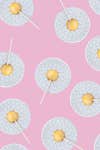
When did you start pursuing stock photography?
I definitely love to support small business. I started researching stock photography and what’s available for people and I thought that there was a lack here of interesting, artful photos that are authentic. We don’t have very many artists that are putting that work out for sale, so I thought why not jump into this and see what I can offer people.
I love the fact that photography is extremely shareable. I can make something that can mean one thing for a business and it can be hanging up in someone’s living room as an art piece. For me that is just incredible. I like to get work out there, especially with stock photography and these small businesses, it’s not affordable to hire a photographer and have a big photo shoot.
As you know with the internet, photos are often the first impression that people see and they’re important. I like to be apart of that. I think in the past few years stock photography has just come a long way.
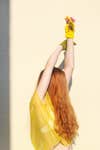
How do you approach stock photography shoots?
I do it on my own projects. If I’m traveling I like to bring my camera along and see what cool stuff I might be able to gather. I make the stock photos more personal and authentic. Obviously when I do projects for clients, I keep them separated.
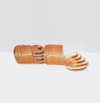
So many of your photos integrate food in interesting ways, what tips do have for photographing food and keeping it looking appetizing?
That’s the key there, do you want it to look edible? Or do you want to focus on the texture? Maybe the texture will make it look edible. Or are you more interested in the colors and the shapes? If you want to make something look edible, always go for something fresh. If you are using fruit you will want to keep it cool and make sure that things aren’t sitting under the lights for too long. If you’ve left grapes out all day long it is going to show in a photograph. If you soak them in cold water they are going to perk up.
The lighting is huge. Grapes look great with flash, all the little dew drops are going to catch with the light. It becomes completely edible. If you are just going with color and texture alone, you can really throw the rulebook away and just do what you love. Keep playing until you get something that you like.
RELATED: Ryan J. Lane’s offbeat throwback nerd portraits

Many of your photos playfully incorporate everyday objects in unexpected ways. The eggs covered in sprinkles are a great example. How do you come up with your ideas?
The sprinkle eggs were actually one of the first photos that I took of food. I was in my apartment in Detroit and it was one of those frigid long winters and I didn’t feel like running out to get groceries so I was rummaging through the fridge and cupboards to find something that I could make to get through the day. I just wanted to stay in and make some photographs, I didn’t really want to go out in the snow. I didn’t really have much in there. I had put some of my spices in the fridge because I was running out of room in the cupboards and I had put sprinkles in there and for some reason they were right next to a carton of eggs. I could just see the image in my head, a sunny side up with sprinkles on it.
The bottom of the egg ran and formed the shape of Florida. At first I thought it wasn’t what I wanted, but I decided I didn’t care and put it together anyway. A few days later I put it up on my site and shared it on Tumblr and it just went viral. I’ve seen it continue to pop up over the years. That one is special to me, after I took that photo I realized that there was something to it. It made me realize that I loved working with food, fruits, and plants. It has a voice of its own. You pair different things together and it turns out pretty magical.
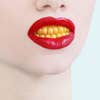
What tips do you have for someone who wants to get started with stock photography?
Be authentic. I think that is what people are looking for. Tell your own story, take pictures of things that you enjoy. I think somewhere out there, even if it’s the smallest niche, someone else will enjoy it too. I think those are the photos that people want. We expect more from advertising now, and I think that will fill in those gaps, if everyone is true to themselves, authentic and not trying to create something because they think that is what the world wants. Things become easier when you are just yourself.
